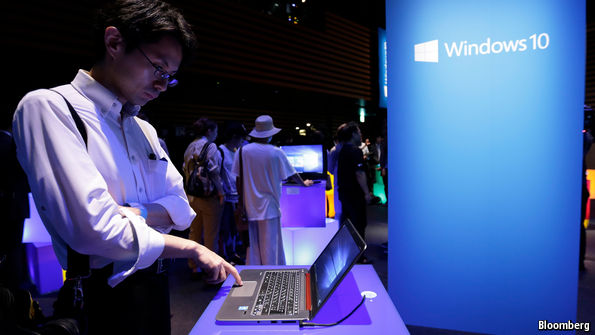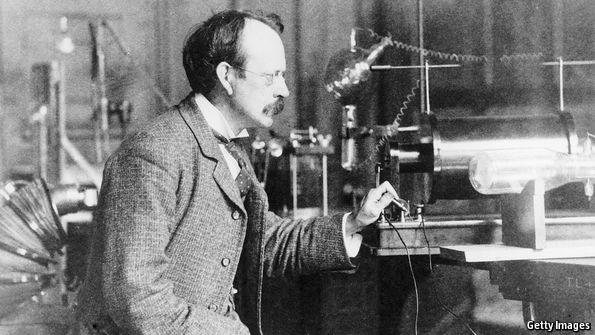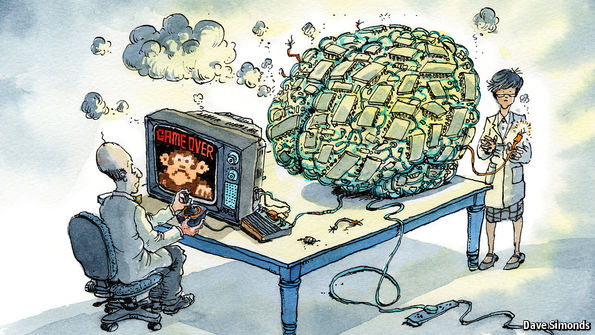The woes of Windows 10

DESPITE its having been available for 18 months, three out of four PC owners have not bothered to upgrade their computers to the latest version of Microsoft’s operating system, Windows 10. More than 700m of the world’s 1.5bn or so computers continue to run on Windows 7, a piece of software three generations old. A further 300m users have stuck with other versions—half of them stubbornly (and rashly) clinging to 16-year-old Windows XP that Microsoft pensioned off three years ago. The business world has been even more recalcitrant. In a recent study by Softchoice, an info-tech consultancy, corporate computers were found to be running a whole gamut of legacy versions of Windows. Fewer than 1% of them had been upgraded to Windows 10.
That said, some 400m or so copies of Windows 10 are now thought to be in circulation. Normally, such a market penetration, after only 18 months, would be considered a huge success. It is what the warmly welcomed Windows 7 achieved during its first 18 months, and three times that chalked up by Windows XP. However, though XP started slowly in 2001, it went on to become Microsoft’s most successful operating system of all…Continue reading
Source: Economist









